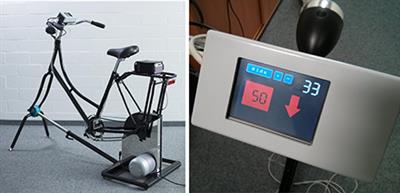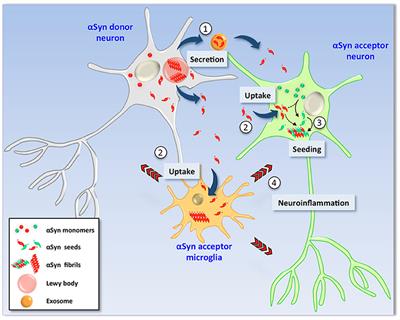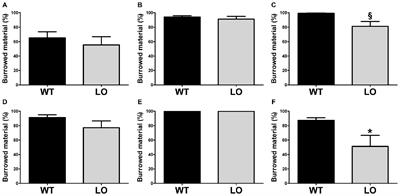EDITORIAL
Published on 20 Sep 2017
Editorial: Pathophysiology of the Basal Ganglia and Movement Disorders: Gaining New Insights from Modeling and Experimentation, to Influence the Clinic
doi 10.3389/fnhum.2017.00466
- 2,567 views
- 1 citation
23k
Total downloads
123k
Total views and downloads
EDITORIAL
Published on 20 Sep 2017
METHODS
Published on 14 Aug 2017

REVIEW
Published on 30 Jan 2017

METHODS
Published on 10 Jan 2017

ORIGINAL RESEARCH
Published on 09 Jan 2017

ORIGINAL RESEARCH
Published on 12 Dec 2016

MINI REVIEW
Published on 12 Dec 2016

MINI REVIEW
Published on 02 Dec 2016

ORIGINAL RESEARCH
Published on 25 Nov 2016

ORIGINAL RESEARCH
Published on 18 Nov 2016

MINI REVIEW
Published on 14 Oct 2016

HYPOTHESIS AND THEORY
Published on 21 Sep 2016
